Table of Contents
Case Study: Driver Door Speaker Not Working in Mercedes GL W164; Full Diagnostic & Repair Guide
When a driver door speaker stops working in a Mercedes GL W164 while the rest of the sound system is fine, the cause is rarely obvious. Modern Mercedes audio systems use amplifiers, LIN/MOST communication, door control modules, and complex wiring, making proper diagnosis essential.
This detailed case study shows how a technician traced the fault step-by-step, ruling out common causes until discovering a deeper electronic failure inside the amplifier. This structured diagnostic approach reflects the same process used in the Mercedes Electrical Problems: Fix SAM, ECU & CAN Bus Faults Hub where wiring, modules, CAN/LIN, and power issues often cause system failures.
Vehicle & Complaint
Model: Mercedes-Benz GL-Class W164
Issue: Driver door speaker not working (all other speakers OK)
The owner noticed complete silence from the driver door speaker, with the right, left, and rear channels functioning normally. This indicated a localized failure, not a head unit or system-wide audio problem.
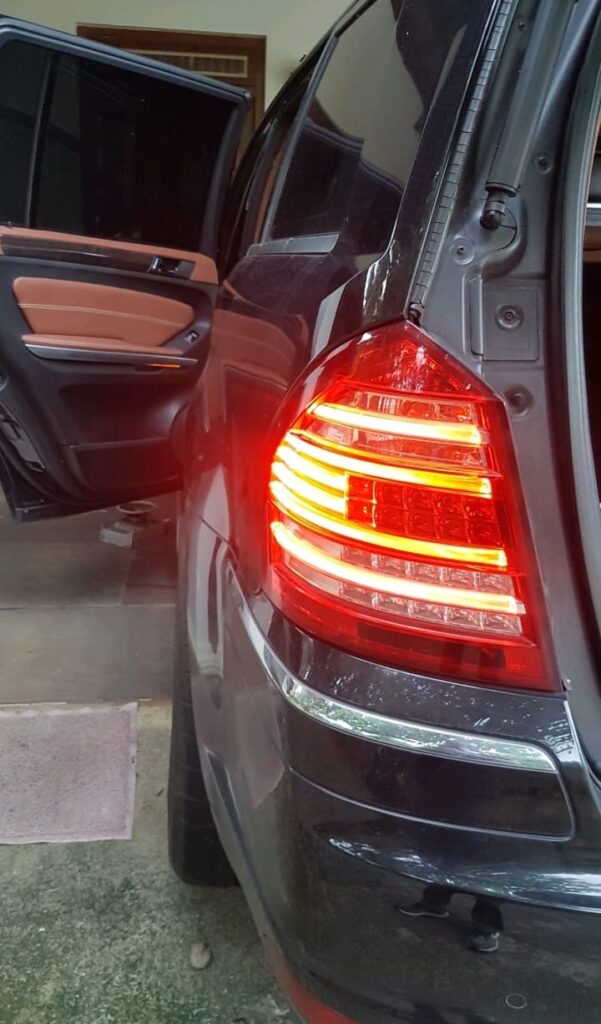
Step 1 : Initial Technician Hypothesis: Wiring Harness Fault
Door-related faults often originate from the body-to-door wiring harness, which bends every time the door opens and closes. Over time, wires can break internally.
Quick Harness Test
- – The technician opened the door and performed the classic “wiggle test” on the rubber wiring boot.
- – Expected outcome: intermittent sound if wiring is broken.
- – Actual result: No change. Speaker still silent.
This ruled out the most common cause of speaker failure.
Step 2 : Accessing & Inspecting the Door Harness
The next step was a deeper inspection:
Removing the Rubber Housing
The harness boot was carefully cut open to visually examine every wire.
Findings
=> No signs of:
- – Broken wires
- – Corrosion
- – Burn marks
- – Pinched or stretched wiring
The full harness checked out healthy.
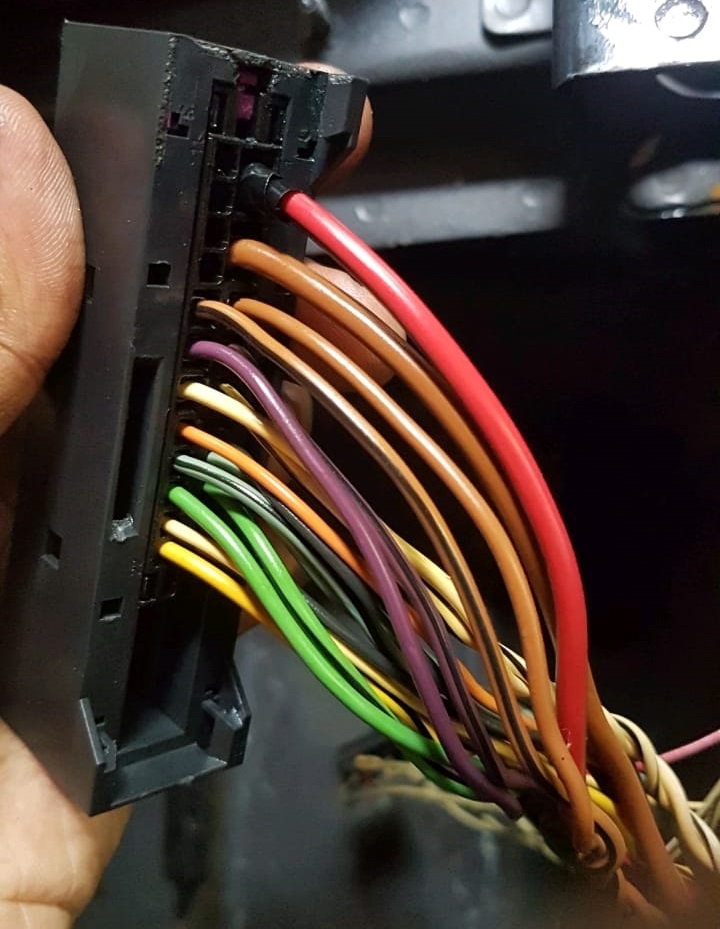
Step 3 : Testing the Speaker Itself (9-Volt Battery Method)
To ensure the speaker coil and cone were not damaged, the technician used a 9-volt battery polarity test.
Procedure
- – Touch battery terminals to speaker terminals
- – A healthy speaker should pop outward when polarity is correct
Result
✔ Speaker responded correctly meaning the speaker was NOT defective.
This ruled out another common cause.
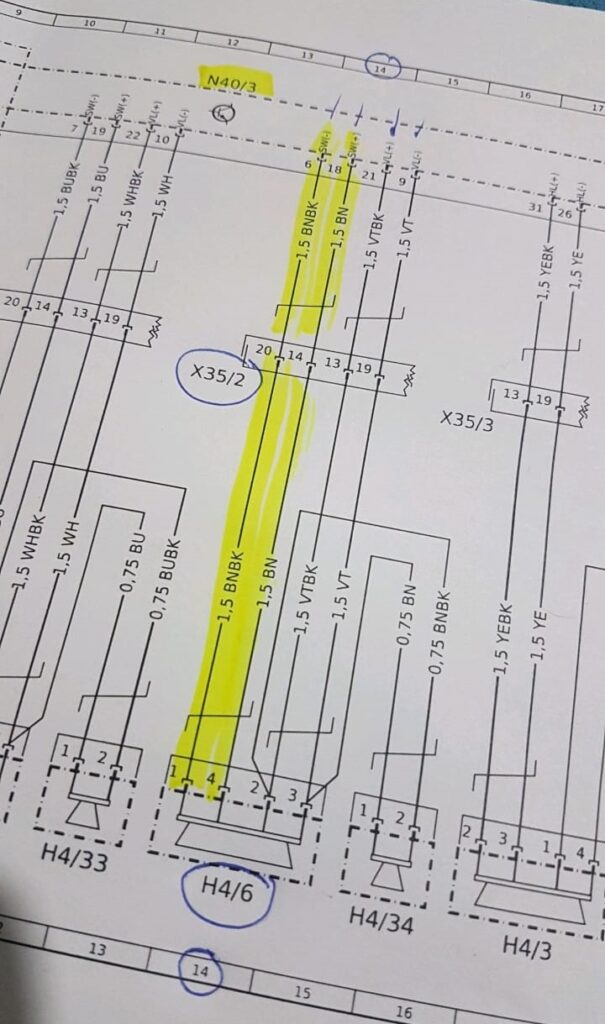
Step 4 : Checking the Amplifier Wiring Harnesses
Since the wiring and speaker were fine, attention turned to the amplifier, which distributes audio channels to each speaker.
Inspection
- – Verified continuity
- – Verified pin tension
- – Checked for corrosion
- – Checked MOST fiber connection integrity
Result
✔ Wiring was clean
✔ No burnt connectors
✔ All pins properly seated
The issue was downstream, inside the amplifier itself.
Step 5 : Advanced Diagnosis: Faulty Sound IC in Amplifier
With wiring and speaker ruled out, the technician moved to the internal audio amplifier module.
Findings
X The internal sound IC (audio channel chip) responsible for the front driver speaker output had failed.
X This caused no audio signal to reach that specific channel.
These IC failures are known to occur due to:
- – Prolonged high volume
- – Heat failure inside the amplifier
- – Moisture exposure
- – Manufacturing weakness (common in early W164 models)

Final Fix : Replacing the Sound IC
Instead of replacing the entire amplifier (expensive), the technician repaired the module:
Repair Steps
- 1. Removed the amplifier from the vehicle
- 2. Disassembled the casing
- 3. Desoldered the defective audio channel IC
- 4. Installed a new high-quality IC
- 5. Reassembled and reinstalled the amplifier
Final Test
✔ Driver door speaker fully restored
✔ No distortion
✔ No intermittent drops
✔ Full audio balance and fade functions working normally
Case Study Conclusion
This case demonstrates the diagnostic process required when a Mercedes driver door speaker is not working, especially when wiring and the speaker test OK. In modern Mercedes vehicles, the failure often lies in control modules, signal acquisition modules, CAN/LIN circuits, or amplifier IC failures all of which relate to electrical system diagnostics.
This case reflects the kind of issues covered in the
Mercedes Electrical Problems: Fix SAM, ECU & CAN Bus Faults Hub
which includes deeper electrical troubleshooting and real-world diagnostics.
FAQs: Driver Door Speaker Not Working
1. What causes a Mercedes speaker to stop working?
- – Broken door harness wiring
- – Blown speaker
- – Faulty amplifier output IC
- – Head unit failure
- – Loose connector pins
- – Corroded wiring
- – Water damage inside the door
2. How do I diagnose a non-working door speaker?
- – Check balance/fade settings
- – Test speaker with 9-volt battery
- – Inspect door harness
- – Verify continuity with a multimeter
- – Test amplifier output
- – Scan for MOST/amp fault codes if applicable
3. How do I know if the amplifier is faulty?
- – Only one or two speakers fail
- – No wiring/harness damage
- – Speaker tests OK
- – No sound on that channel from amplifier output
- – MOST ring errors may appear on diagnostics
4. Can a faulty speaker damage the amplifier?
Yes, shorted speakers can overload the amplifier output stage and burn the audio IC.
5. Is amplifier repair or replacement better?
- – Repair = cheaper, restores only faulty IC
- – Replacement = faster but significantly more expensive
Author Bio
Written by Mercedes Expert
With years of hands-on experience diagnosing and repairing Mercedes-Benz systems, he brings technical depth and practical case studies to help car owners, technicians, and enthusiasts troubleshoot complex automotive issues. His work focuses on clear repair guides, OEM-level procedures, and knowledge-sharing to empower both professionals and drivers.
Last update: November 2025
— Salim, Mercedes Expert
Independent specialist in Mercedes-Benz diagnostics, CAN Bus analysis, troubleshooting case studies, and EV systems.

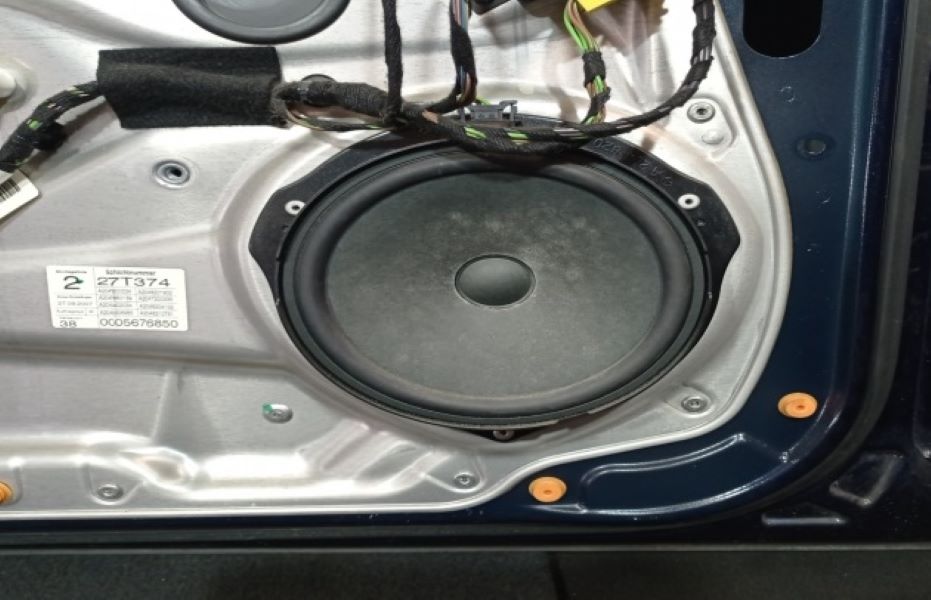




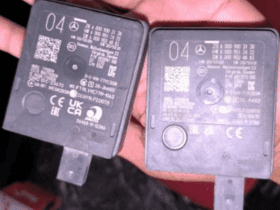
Leave a Reply